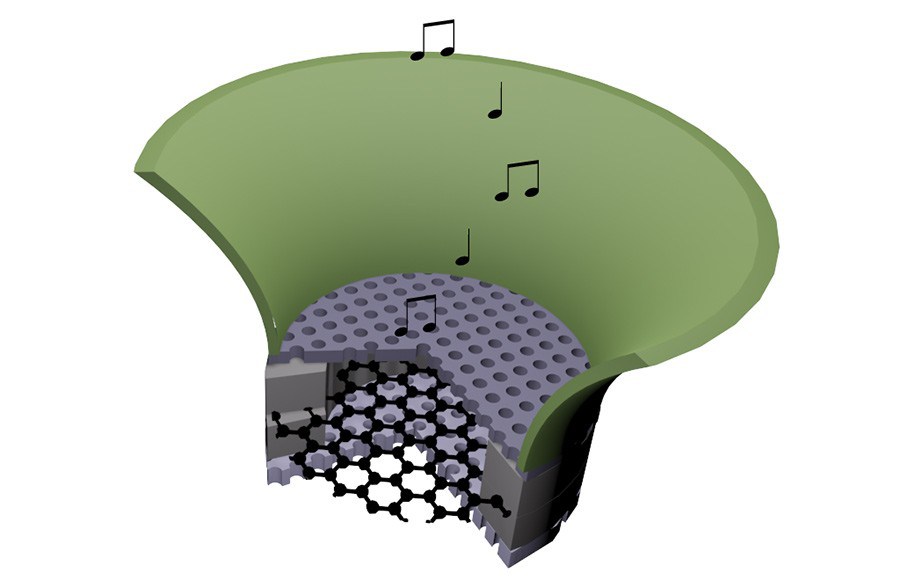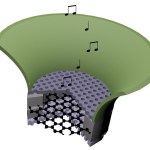UC Berkeley researchers have developed a graphene-based radio capable of recording and transmitting ultrasonic sound waves, allowing for bat-like echolocation.
The Zettl Research Group published a paper in the journal Proceedings of the National Academy of Sciences that outlines its construction of a graphene-based microphone and loudspeaker and the process of testing the devices’ functionality by recording bats and measuring distances acoustically.
The paper was authored by campus research professors Alex Zettl and Michael Crommie, and by researchers Qin Zhou, Jinglin Zheng and Seita Onishi. The study was funded in part by a U.S. Department of Energy contract, and by grants from the Office of Naval Research and the National Science Foundation. The Zettl and Crommie research groups have previously published studies on graphene.
Zhou said this project was a continuation of work done in 2013, when Zhou worked with Zettl to design a loudspeaker made from graphene with a frequency response of up to 20 kilohertz.
“The structure of the speaker is almost identical (to the old one),” Zhou said. “One thing we improved was the fabrication. … The other part is the circuit, which works as a loudspeaker.”
After creating the microphone and the loudspeaker, the researchers successfully conducted a field test at Del Valle Regional Park in Livermore, California. The test consisted of recording bat chirps — which had a frequency between 100 and 50 kilohertz and a duration of about 4 milliseconds — to test the effectiveness of the devices, according to the paper.
“The bat frequency sweeping or chirping represents a form of ultrasonic FM radio transmission, and its successful recording demonstrates the effectiveness of the graphene microphone as an ultrasonic radio receiver,” the paper said.
The researchers were also able to use the loudspeaker and the microphone to measure distances with great accuracy by exploiting interference between ultrasonic waves and electromagnetic ones.
Waqas Khalid, NASA researcher and former member of the Zettl Research Group, said that graphene has excellent electrical, thermal and optical properties and is also used in sensors, biosensors, LEDs and bulbs.
“The real beauty of this material is that it is super small, essentially,” Khalid said.
Zhou said he is confident about future research and all the potential applications.
“There’s a lot of different possibilities,” he said.














